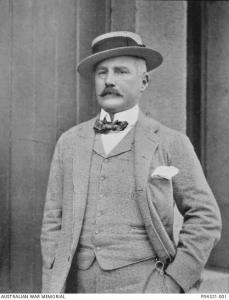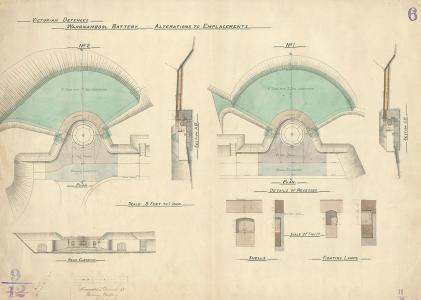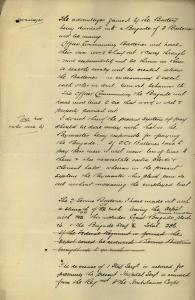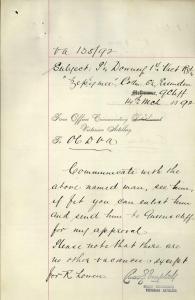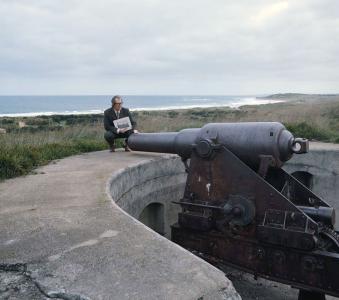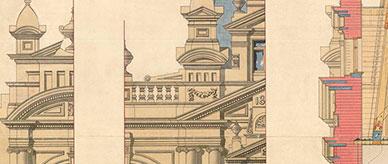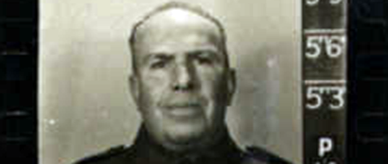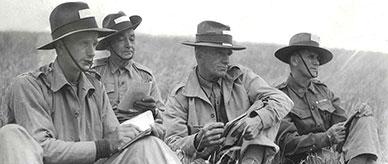‘The expectations of his success have been most fully borne out…’
Charles Edward Ernest Umphelby played a pivotal role in the defence of colonial Victoria at a time when the colony was rich and thought to be vulnerable to attack.
Colonial Defence
Could Australia be easily invaded? This was the concern that Britain had from the outset of colonisation. From 1788 until the 1870s, garrisoned British forces were tasked with defending the Australian colonies. Local volunteer militia groups were raised, first to compliment, then later to replace the British from the 1850s.
The discovery of gold in 1851 brought international attention to Australia. Here was a fledgling colony with great untold wealth. Additionally, the Crimean War from 1853 to 1856 led to scare campaigns in the press about a potential Russian invasion of Victoria. As a result, British experts planned a defensive network for Port Phillip Bay. It was only partially completed in 1863, with batteries and fortifications at Fort Gellibrand (Williamstown) and Sandridge (Port Melbourne). They were built by the first detachment of the Engineer Corps in colonial Victoria. By 1870, the Victorian Permanent Artillery Corps was the first permanent unit of the colony and consisted of approximately 300 permanent members, supported by 4000 militia volunteers.
In 1876, with growing fears of Russian interference in colonial Australia, the defences of Port Phillip Bay were expanded with batteries and fortifications placed strategically at the narrow mouth of the bay. Defence preparations continued and over the next twelve years, batteries were placed at Queenscliff, Point Nepean, Portsea, Swan Island, South Channel Fort, with fortifications located along the Victorian west coast at Warrnambool, Portland and Port Fairy.
Charles E. E. Umphelby
It was clear a strong hand was needed to manage the construction of so many new fortifications so quickly. Enter Charles E.E. Umphelby.
He was born in Melbourne on 13 June 1853. By the age of 28, he had married and moved near Warrnambool. In June 1884 Umphelby joined the Militia Garrison Artillery in Warrnambool and was quickly promoted to Lieutenant, then Captain by 1888. As a captain, Umphelby spent 2 years in England studying military law, coastal defensive tactics, range finding and military topography. Returning to Melbourne with the rank of Major, he became commander of the Permanent Artillery in Victoria.
Umphelby took what he’d learned in England and began improving the efficiency of the defensive network. In his first year, several 5, 6, and 9-inch guns were replaced, mounted and tested at Swan Island, Queenscliff and Point Nepean. In 1892, as Commander, he oversaw the restructuring of the Victorian Artillery corps into three component batteries, with each commanded by a Major and Captain. Umphelby also authorised the enlistments and re-engagements of recruits during this time as seen on many pre–Federation Victorian Artillery service files. In 1894, he received a commendation for reducing crime and court martials under his command. Major-General Tulloch stated:
Everything connected with the Forts and preparations for mobilization and immediate action are perfect; for all this I consider Major Umphelby is entitled to the greatest credit and every advancement the Colony can give him.
Three years later, he was promoted to Lieutenant Colonel.


